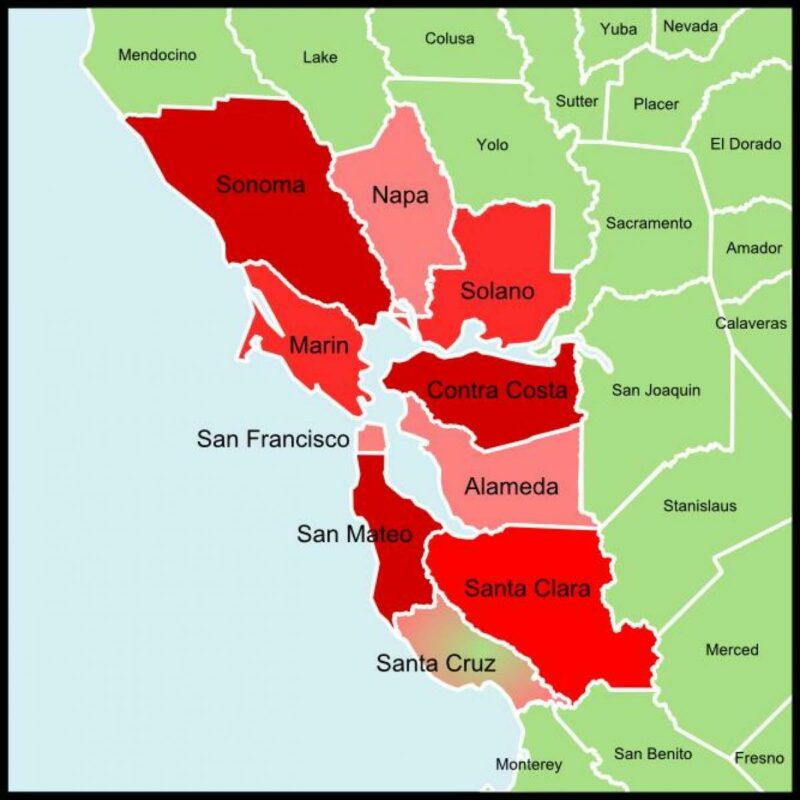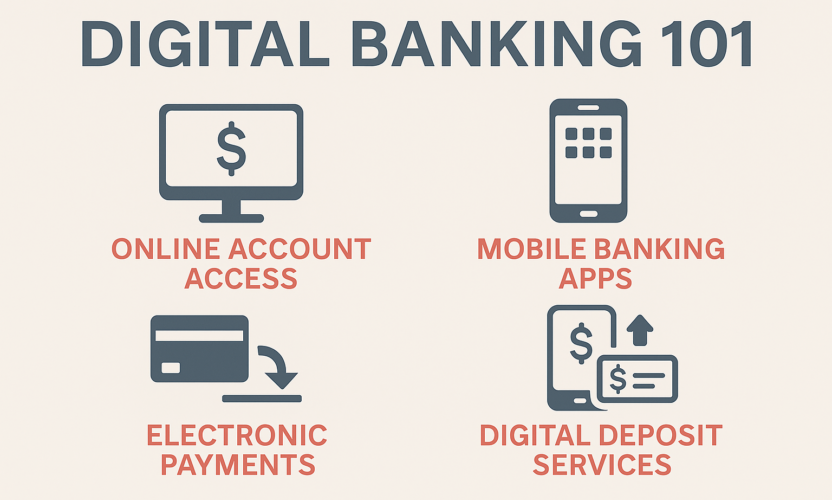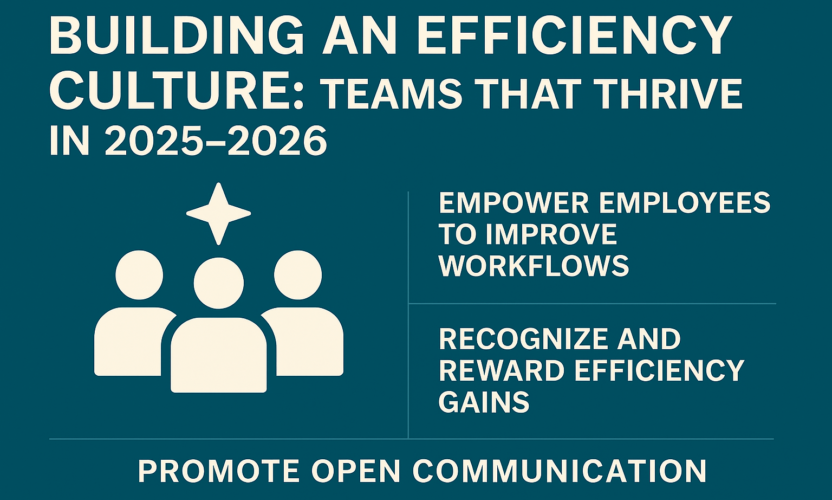4.29.25 - Can Small Businesses Survive the Bay Area Gauntlet?
04.29.2025
Five Major Hurdles—and How to Navigate Them
Small business owners already face serious challenges to long-term success. Nationally, nearly 50 percent of businesses fail within the first five years.
But in the nine-county San Francisco Bay Area, the stakes are even higher. High costs, fierce competition, complex regulations, and a dynamic economy create a uniquely tough environment for entrepreneurs.
And while the cavalry might not be charging over the hill to save you, there are proven paths to survival—and success—even as uncertainty continues.
1. High Operating Costs
• Rent and Real Estate: Leasing commercial space is one of the largest expenses for Bay Area businesses, often eroding margins before they even open their doors.
• Labor Costs: With minimum wages ranging from $16 to over $18 per hour (depending on the city), payroll expenses quickly add up.
• Utilities and Taxes: Costs for electricity, water, and local business taxes create further pressure on tight budgets.
2. Talent Acquisition and Retention
• Competitive Job Market: Silicon Valley’s gravity pulls top talent away from small businesses that can’t match corporate perks.
• Cost of Living: High housing costs drive employees to seek higher salaries—or to leave the region altogether.
• Remote Work Trends: Workers increasingly prefer remote roles, shrinking the local talent pool for in-person businesses.
3. Economic Uncertainty
• Inflation: Rising costs for goods and services hit small businesses hardest, squeezing profit margins.
• Interest Rates: Higher borrowing costs make it tougher to finance growth or bridge cash flow gaps.
4. Regulatory and Bureaucratic Challenges
• Permitting and Licensing: Opening a business often means navigating lengthy, complicated approval processes.
• Compliance Costs: California’s strict labor, safety, and environmental laws create extra administrative burdens.
• Zoning Restrictions: Changing business models to adapt to shifting trends isn’t always easy—or even allowed—under local zoning laws.
5. Evolving Consumer Trends
• Shifting Habits: E-commerce, delivery, and sustainability trends are rewriting consumer expectations.
• Declining Foot Traffic: Especially in urban downtowns, fewer passersby mean fewer spontaneous sales.
• Customer Expectations: Today’s customers demand a seamless, personalized online-to-offline experience.
Opportunities for Adaptation
While these challenges are real, Bay Area small businesses are known for their resilience and innovation. Those who thrive often embrace new approaches, such as:
• Investing in technology to automate operations and enhance customer experience.
• Collaborating with local organizations like the Bay Area Council to advocate for small business needs.
• Leveraging social media and community marketing to build loyal customer bases.
Proactively addressing these issues can turn survival into success—and even spark new growth opportunities.
Expert Perspective
“At TASI® Bank, we are accustomed to working with customers in the Bay Area,” says Alan Gaul, Vice President of Marketing & Brand at TASI Bank.
“We’ve been here for four decades, know the environment, and are comfortable working with a wide variety of businesses and financial institutions. Our job is to help you navigate these waters—and succeed.”
Ready to navigate the Bay Area business gauntlet?
TASI Bank has your back. [Join TASI® Bank | TASI® Bank] to start building your resilient financial strategy.




